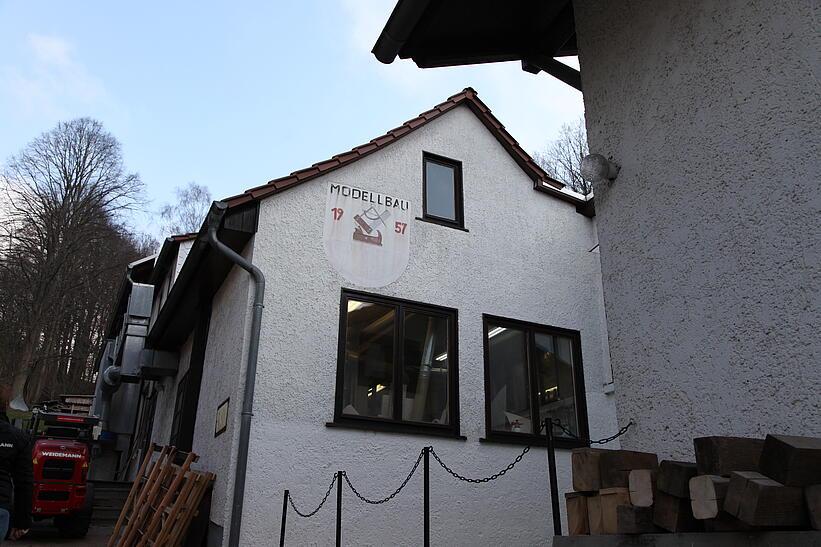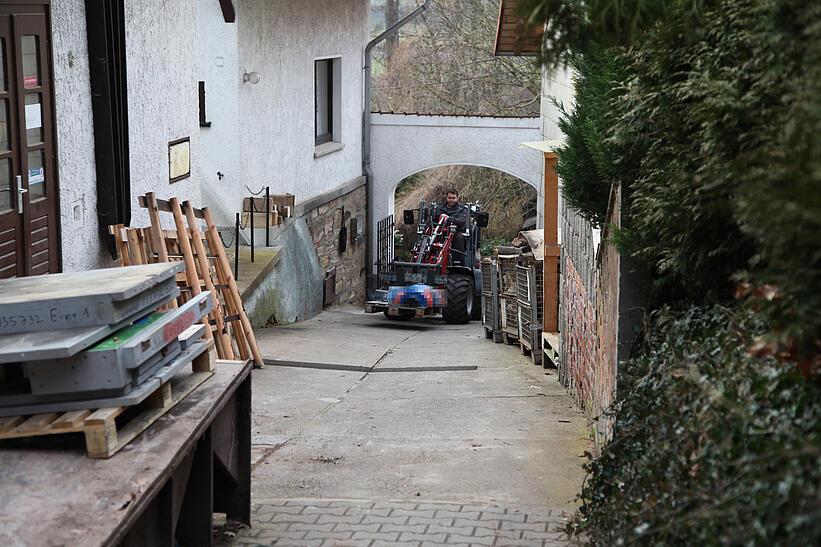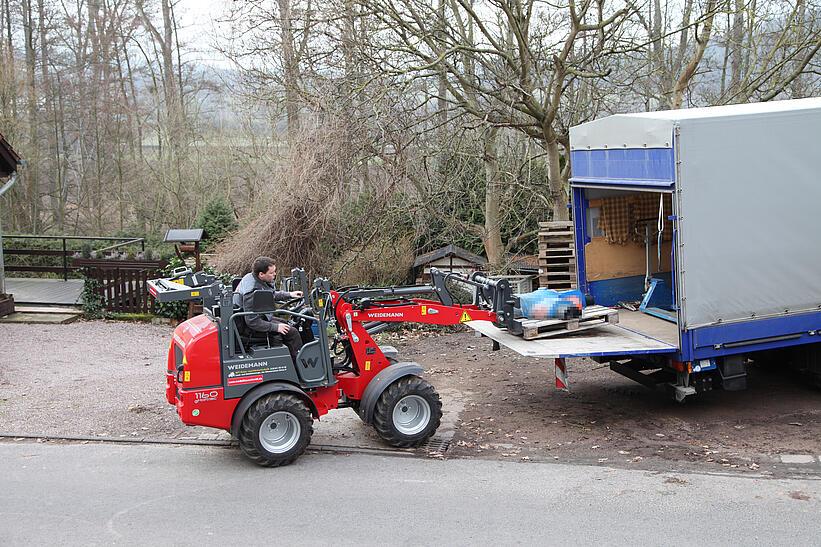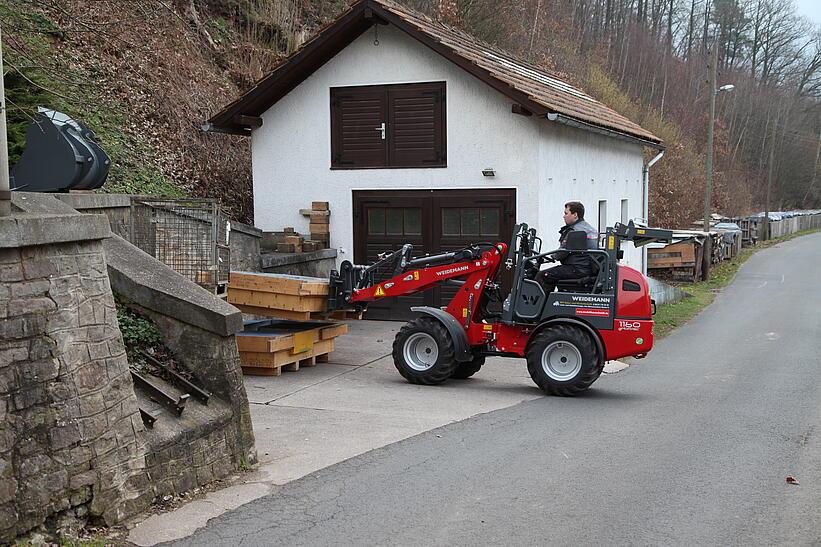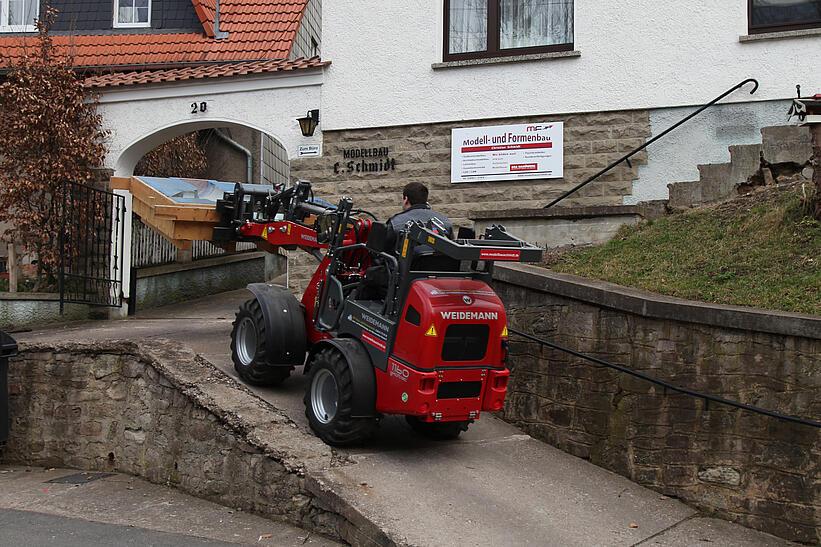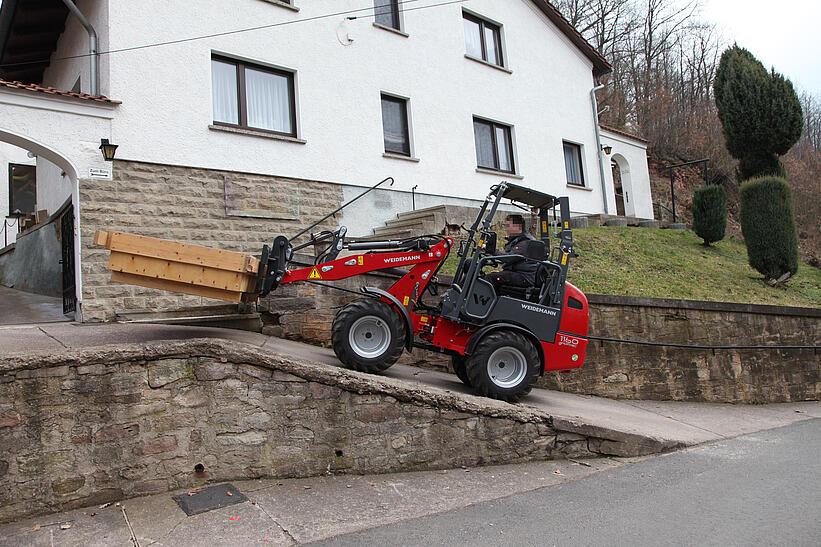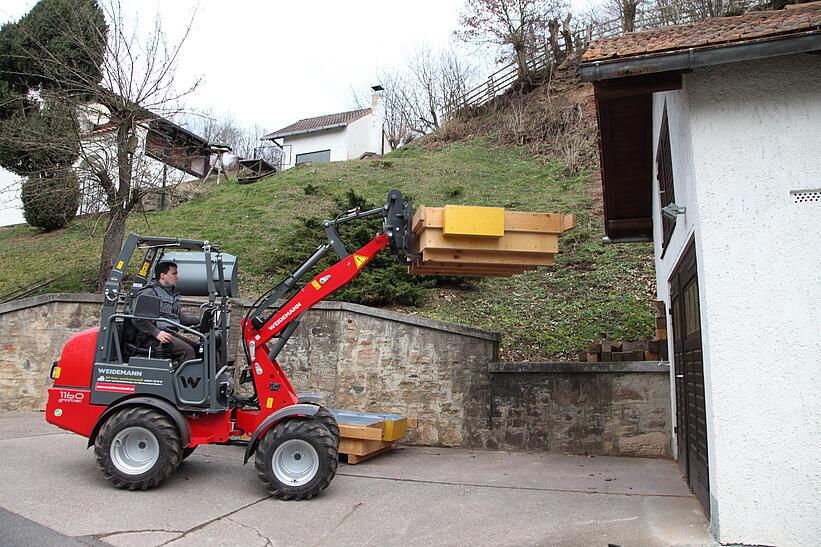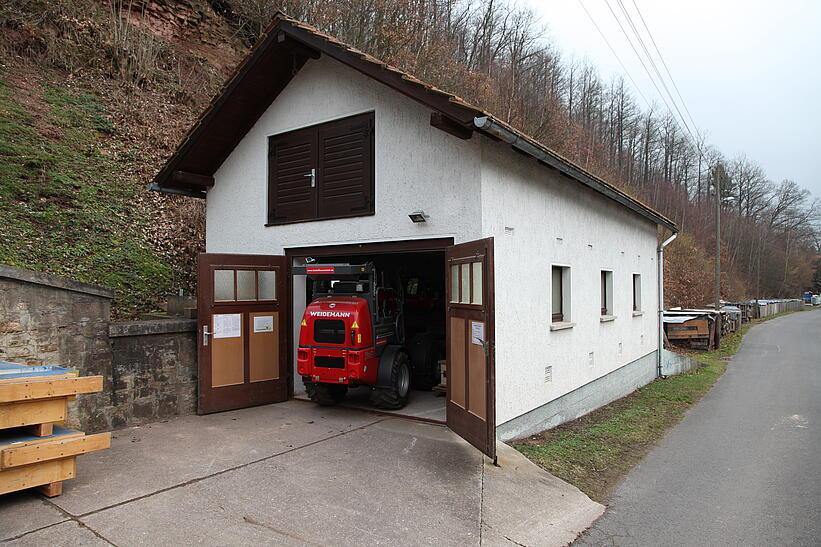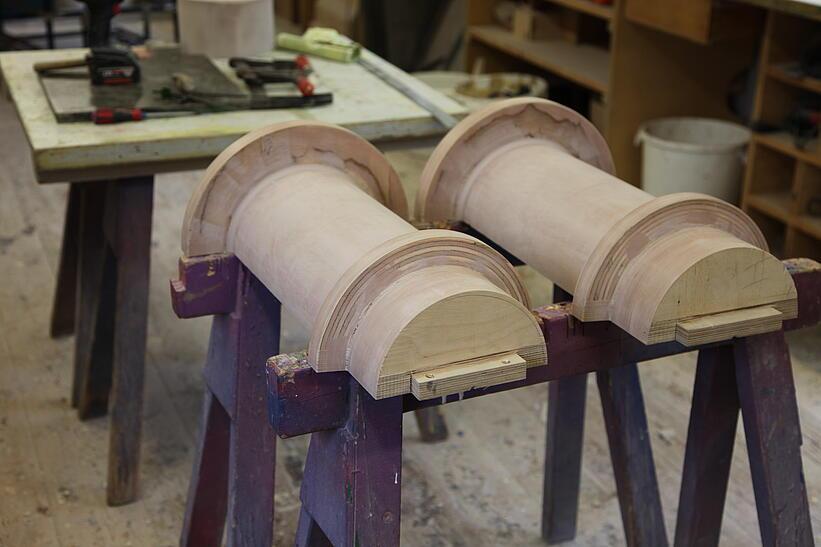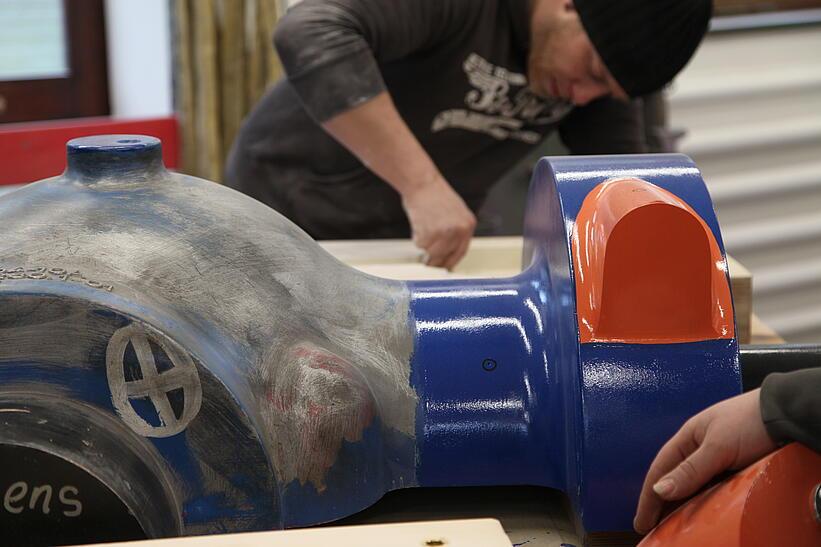Back to the roots – An eHoftrac helps the master model-maker Schmidt at work
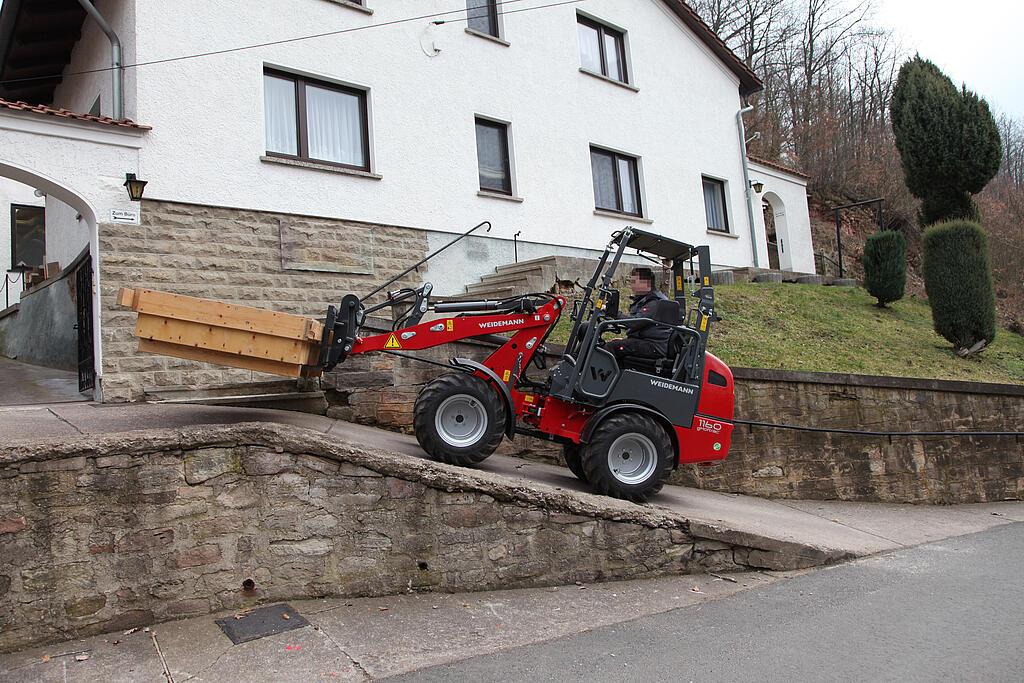
The company Modell- und Formenbau Christian Schmidt in Wutha-Farnroda in Thuringia has been building models for renowned industrial companies across Germany for three generations already, such as for gas turbines or axles, as they could also be installed in the eHoftrac.
If the design department of a company has designed and developed a new element, the data goes to the master model building Christian Schmidt. He and his team of eight employees and trainees then, with a lot of patience and craftsmanship, build a model from the data provided. A negative sand mould is made in the foundry from the wooden or plastic models made down to the millimetre. Liquid metal is then cast in it, which then is cured into the desired end product. It is obvious that precision is key here. Precision is also the key word for the eHoftrac from Weidemann purchased in 2015, because the former farmhouse of the model builder is located angled on a slope. "I actually wanted to buy a forklift to make it easier to transport the heavy workpieces", explains the company owner Christian Schmidt. But the forklift could not manage the gradient of around 35 %. So Christian Schmidt took a look around the market. He finally found the solution in the off-road capable 1160 eHoftrac from Weidemann.
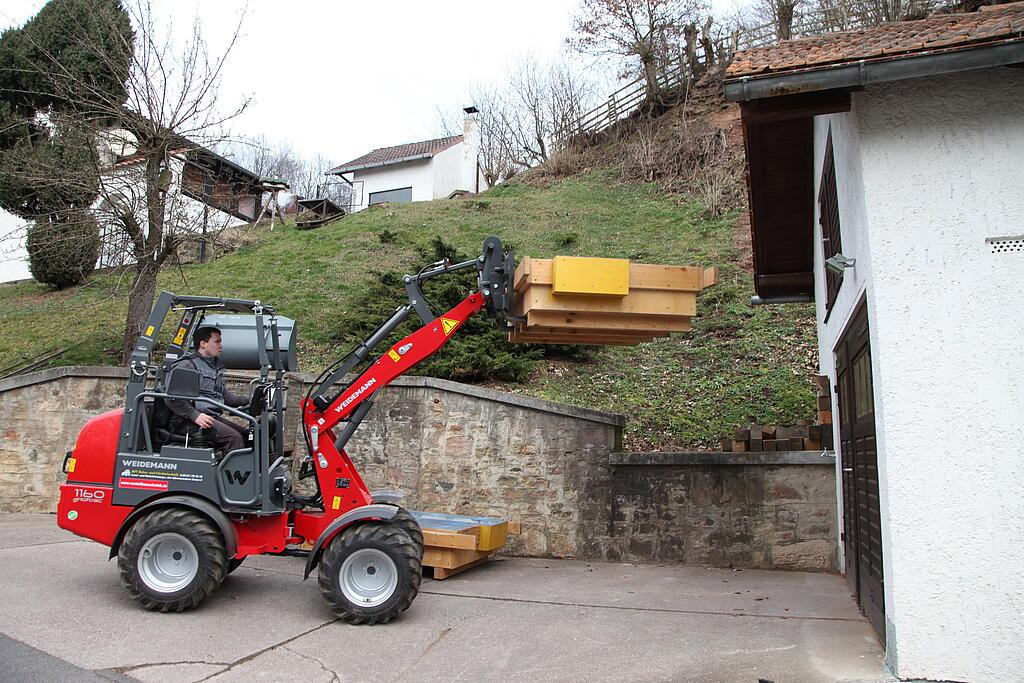
"I initially also did not know whether we meet these requirements", explains Mario Schott, who was responsible for the red multi-talent at the Weidemann distributor HFT. “In addition to the 35% gradient, the angled and narrow driveway had to be managed”. But the attempt showed that even this tremendous gradient and the tight turns were no problem with the heavy weight of the model to be moved. “My employees are very excited about the workload reduction”, says Christian Schmidt, “our elements usually weigh between 300 and 800 kg, but can also even reach one tonne sometimes. You can easily imagine how ‘popular’ the task was of pulling such parts up a steep ramp”. Once at the top, the elements then had to be lifted through a gate into the upper floor of the multi-storey workshop. The eHoftrac even overcomes the last centimetre here with its long load arm.
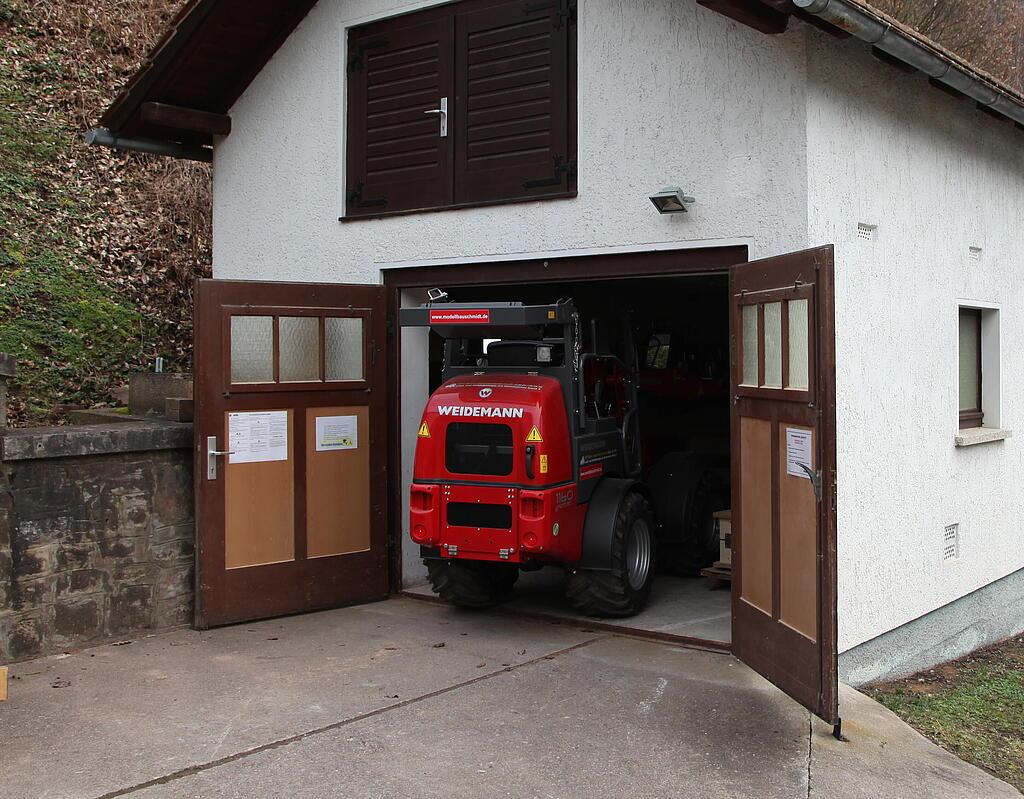
Ultimately, the machine not only had to manage on narrow and steep paths, but also pass through low clearance heights. That is why Christian Schmidt decided on the fold-down operator’s canopy eps. With a few easy steps, it is folded down and the eHoftrac can, for example, be parked in the only 2-metre tall garage for the night. Only one question remains: Why did Christian Schmidt ultimately decide on an electric Hoftrac instead of buying a diesel-powered machine? It’s simple: There are residential homes to the right and left of the workshop. To keep the peace in the neighbourhood, the craftsman decided on the quiet and exhaust emissions-free machine – and is very satisfied. The principles of the master craftsman Christian Schmidt comes from Horst Reiner Menzel: "Manual skills are not reflected in language skills or school certificates. Craftsmen carry the intelligence in their golden hands".





